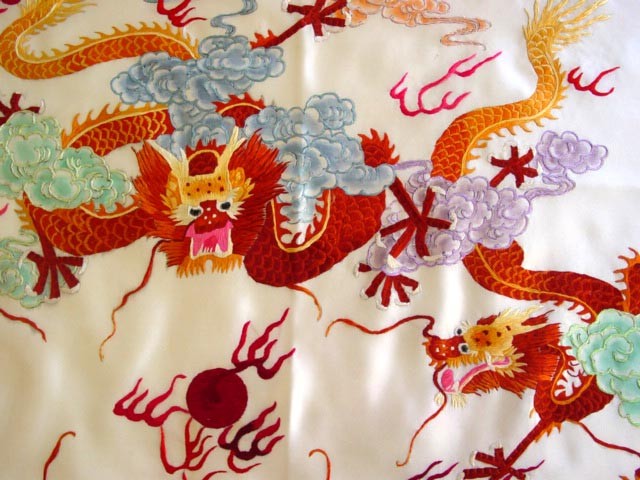Craftsmen have turned to modifications to keep Xiang Xu or Hunan-style embroidery alive and relevant, according to a report by Xinhua.
Xiang Xu or Hunan embroidery is one of the four major styles of Chinese embroidery, a tradition that's been around for several thousand years.
The style, which involves light and shading for a three-dimensional effect, peaked in the 1970s and 1980s. The industry slowly dwindled, however, after an embroidery plant was shut down in Changsha, leaving approximately 30,000 craftsmen unemployed.
The trend of embroidery plants closing down continued well into the 1990s.
"There were many causes for the depression," said He Chun, an expert in cultural industry, in an interview with Xinhua. "Fake products, obsolete designs and high prices were the main cause, which resulted from lack of intellectual property awareness and shortage of talents."
The Hunan Embroidery City Group, during these dark days, had only two workshops and four workers. Production of traditional ornamental pieces was cut by 80 percent, shifting the group's focus on articles for daily use.
"Capes to Spain, shoes to Italy, dresses to Japan and school uniforms to the Republic of Korea," said Zeng Yingming, general manager of the Hunan Embroidery City Group. "We do everything to meet the needs of our customers."
Today, daily-use commodities account for about 95 percent of the company's products. It also has over 10,000 workers, with an output of 1.5 billion yuan a year.
Despite its success, the company is not without criticism.
"I really don't want to see the brand of Xiang Xiu lose its taste," said a Xiang Xu master who refused to be named. For this master, it's a shame for a 2,000-year-old art form's value to be downgraded because of its use for cheap commodities.
But Zeng is staunch in his position: to survive means to adapt.
"The traditional art form is not in the museum," Zeng said. "For the traditional handicraft art, the only way to survive is to combine art with marketing, develop new products that can meet a variety of demands nowadays."



























